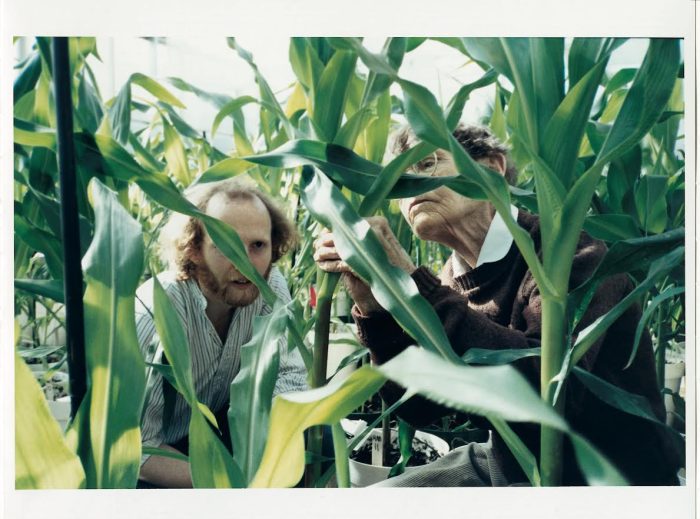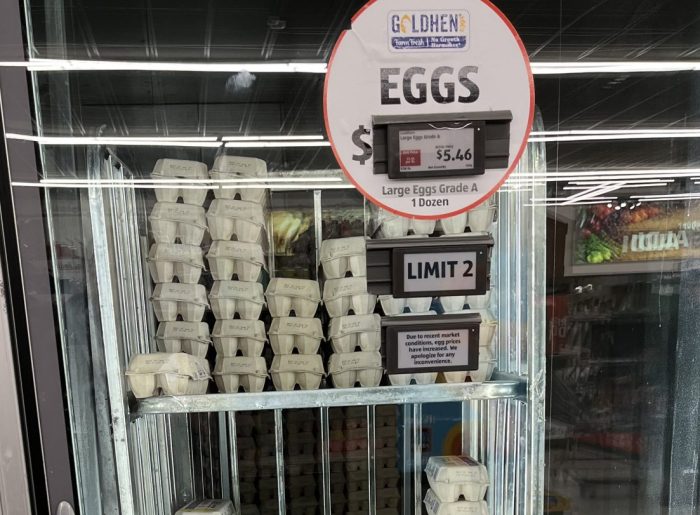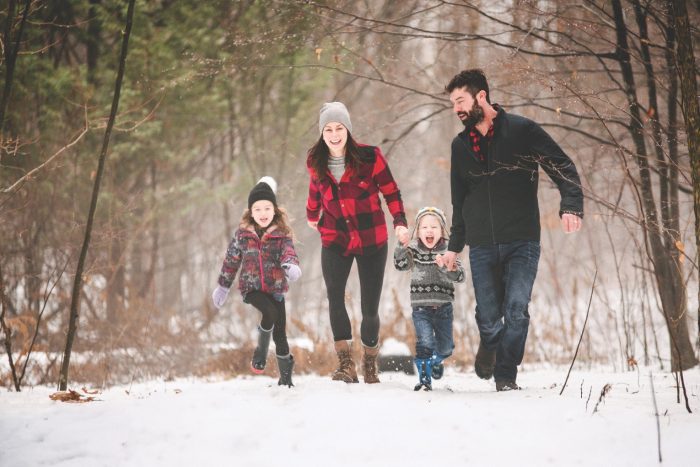Acetaminophen and NSAIDS are not risk-free
By David Dunaief, M.D.

What do you do when you have a headache or a sore knee? Most of us head to our medicine cabinet to grab one of the analgesics we keep on hand for such occasions.
Analgesics are, first and foremost, pain relievers, but they also help lower fever and reduce inflammation. The most common over the counter (OTC) medications include acetaminophen and a variety of non-steroidal anti-inflammatory drugs (NSAIDs), like aspirin, ibuprofen, and naproxen sodium.
Americans consume more than 30 billion doses of NSAIDs a year, including both OTC and prescription-strength (1). As for acetaminophen, one quarter of Americans take it weekly. Because they’re so accessible and commonplace, many consider them low risk. Many patients don’t even include them in a list of current medications. I need to specifically ask about them.
They are not risk-free, though. According to a poll of regular OTC NSAID users, 60 percent were not aware that they can have dangerous side effects (2).
What are NSAID risks?
NSAIDs, according to the Centers for Disease Control and Prevention, are responsible for more than 70,000 hospitalizations and 7,600 deaths annually (3).
They increase the risk of heart attacks, gastrointestinal bleeding, stroke, exacerbation of diverticular disease, chronic arrhythmia (abnormal heartbeat) and erectile dysfunction. In some instances, the cardiovascular effects can be fatal.
The FDA strengthened warning labels on non-aspirin NSAID labels 10 years ago, advising that those taking NSAIDs should immediately seek medical attention if they experienced chest pain, shortness of breath or trouble breathing, weakness in one part or side of their body, or slurred speech (4).
Five years ago, the FDA added a warning label to non-aspirin NSAIDs about the risks of fetal kidney damage and pregnancy complications beginning around week 20 of a pregnancy (4).
In a case control study using the UK Primary Care Database, chronic users of NSAIDs between ages 40 and 89 had a significantly increased risk of a serious arrhythmia called atrial fibrillation (5).
Interestingly, researchers defined “chronic users” as patients who took NSAIDs for more than 30 days. These users had a 57 percent increased risk of atrial fibrillation. A Danish study reinforces these results after the first month of use (6). This is not very long to have such a substantial risk. For patients who used NSAIDs longer than one year, the risk increased to 80 percent.
NSAIDs also increase the risk of mortality in chronic users. Older patients who have heart disease or hypertension (high blood pressure) and are chronic NSAID users are at increased risk of death, according to an observational study (7). Compared to those who never or infrequently used them over about 2.5 years, chronic users had a greater than twofold increase in death due to cardiovascular causes. High blood pressure was not a factor in this study, since chronic users had lower blood pressure; however, I have seen that NSAID use can increase blood pressure with some of my patients.
What are acetaminophen risks?
The FDA announced in 2011 that acetaminophen consumption should not exceed 325 mg every four to six hours when used in a prescription combination pain reliever (4). The goal is to reduce and avoid severe injury to the liver, which can cause liver failure.
There is an intriguing paradox with acetaminophen: Hospitals typically dispense regular-strength 325-mg doses of the drug, whereas OTC doses frequently are found in “extra strength” 500-mg tablets, and often the suggested dose is two tablets, or 1 gram. At the FDA’s request, Tylenol lowered its recommended daily dosage for its extra strength version to no more than 3 grams a day.
One study that showed acute liver failure was due primarily to unintentional overdoses of acetaminophen (8). Accidental overdosing is more likely to occur when taking acetaminophen at the same time as a combination sinus, cough or cold remedy that also contains acetaminophen. OTC and prescription cold medications can contain acetaminophen.
If you already have liver damage or disease, consult your physician before taking any medication.
To protect yourself from potentially adverse events, you must be your own best advocate; read labels, and remember to tell your physician if you are taking any OTC medications.
If you are a chronic user of NSAIDs or acetaminophen because of underlying inflammation, you may find an anti-inflammatory diet and other lifestyle changes can be an effective alternative.
References:
(1) medscape.com. (2) J Rheumatol. 2005;32;2218-2224. (3) Annals of Internal Medicine, 1997;127:429-438. (4) fda.gov. (5) Arch Intern Med. 2010;170(16):1450-1455. (6) BMJ 2011;343:d3450. (7) Am J Med. 2011 Jul;124(7):614-620. (8) Am J Gastroenterol. 2007;102:2459-2463.
Dr. David Dunaief is a speaker, author and local lifestyle medicine physician focusing on the integration of medicine, nutrition, fitness and stress management. For further information, visit www.medicalcompassmd.com or consult your personal physician.







 Welcome to the 38th edition of Paw Prints, a monthly column for animal lovers dedicated to helping shelter pets find their furever home
Welcome to the 38th edition of Paw Prints, a monthly column for animal lovers dedicated to helping shelter pets find their furever home
















